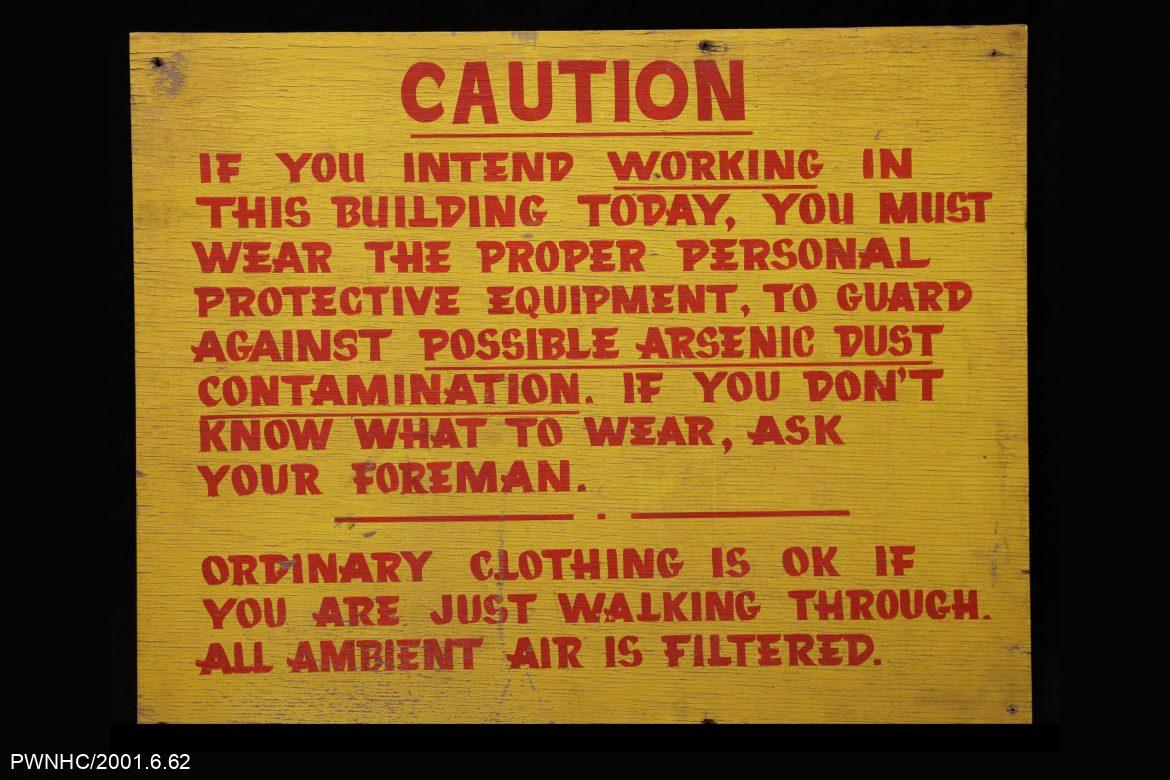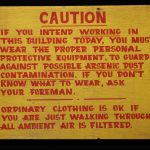2021
Reclaiming the Land
Before Giant Mine started operations in 1948, the area around Yellowknife Bay was rich in berries, moose and caribou, supporting the Yellowknives Dene for generations. The mine produced over seven million ounces of gold and contributed to the establishment of Yellowknife as the capital of the Northwest Territories (NWT). But the land was changed. Toxic by-products of mining contaminated the soil and water. Natural lakes were filled with tailings ponds, and 237,000 tonnes of arsenic trioxide were pumped into underground workings. The Canadian Government, the effective owners of the mine after Royal Oak went into receivership in 1999, became responsible for cleaning it up.
In 2020 Chief Sangris of the Yellowknife Dene noted, “The mine started operating more than 70 years ago. Since then, the land that the mine sits on has never been the same.” It took 17 years for federal and territorial governments to sign a remediation agreement, which led to an environmental assessment and review of the best options for remediation. In 2019, an additional agreement was signed between the Yellowknives Dene First Nation (YKDFN), the Federal and NWT governments to initiate the reclamation plan for 2021.
“When we met with Members of Parliament and Ministers in Ottawa and told them the history of Giant Mine on the Yellowknives Dene and Canada’s broken promises, many were hearing this for the first time. After more than 70 years, we are finally starting to get our message through to Canada and see some reconciliation in action. This is the start and not the end. We will continue the work needed for an apology and compensation and for our Elders and our people to finally get back to land and water that has been healed.” Chief Edward Sangris, Dettah Chief of the Yellowknives Dene First Nation.
Giant Mine is not the only mine slated for remediation work in the NWT. Great Bear Lake has three large areas that will be worked on starting in 2022. The project will include the capping of tailings in multiple sites, treatment of contaminated soils, and disposal of hazardous and non-hazardous waste. Most of the area is within the Sahtu Dene and Métis Comprehensive Land Claim Settlement, some overlap with the Tłı̨chǫ Mǫwhì Gogha Dè Nįįłèè Boundary. The Cantung tungsten mine in the southwest corner of the NWT has the potential to return to being a working mine. Still, until that happens, the governments of Canada and the NWT are keeping a watchful eye with the knowledge that remediation and closure will happen.
Mining has been a significant part of the development story of the NWT. As the active lifespan of the early mines has ended, Indigenous Government oversight, coupled with stronger environmental laws and significant consultation during the planning phase of projects, has given northerners hope that mines of the future will treat the land with more respect.

